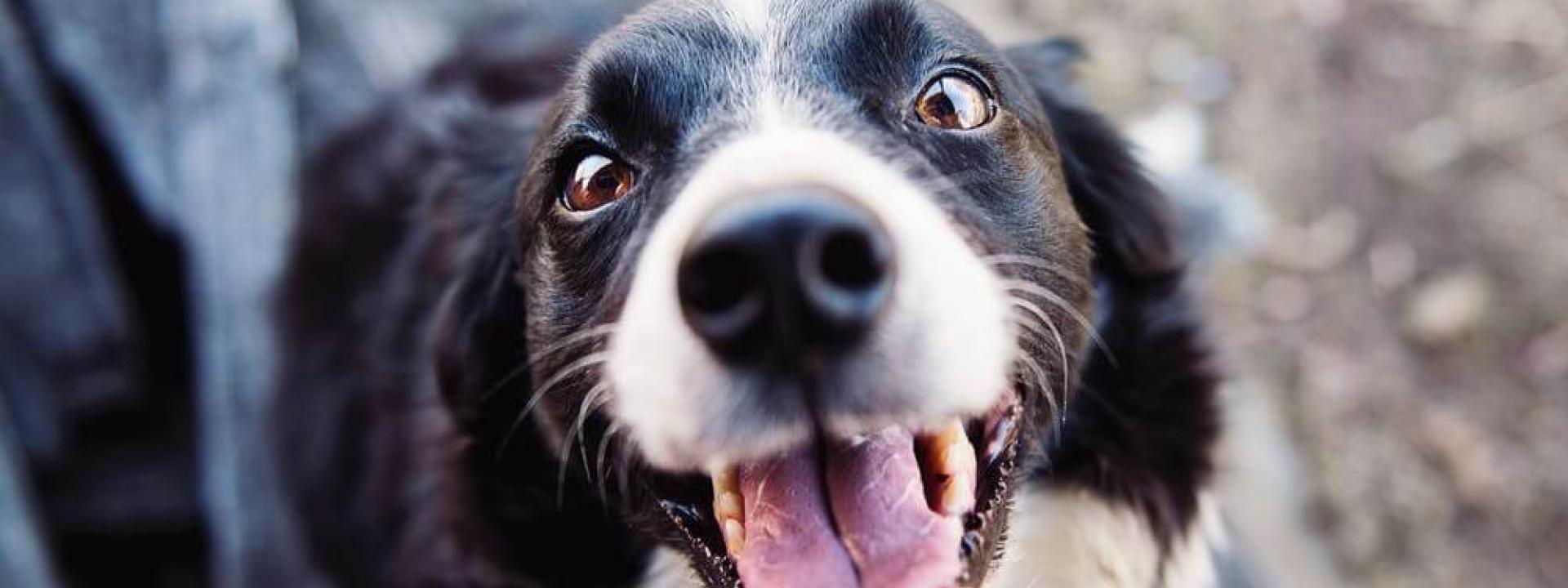Author: Robert J. Weiner VMD ABVP (canine/feline)
Dogs and cats need regular dental care just like we do. Puppies and kittens are born with deciduous teeth that are replaced with adult teeth. This replacement beings with the central upper incisor teeth at about 4 ½ months of age, and ends with the upper canines (the fangs) at 6 months. Toy breed puppies often don’t shed all of their deciduous teeth. When this occurs, the adult teeth erupt adjacent to the retained deciduous teeth. Dental crowding results in entrapment of hair and food between teeth. This fosters periodontal disease and eventual tooth loss. Extraction of retained deciduous teeth is recommended at 6 months of age to prevent this. This can be accomplished when the pet is anesthetized for spaying or neutering.
It’s good practice to acclimate puppies and kittens to tooth brushing. Start by purchasing a tooth brush and dentifrice made for dogs and cats. These are usually chicken flavor for dogs and fish flavor for cats. Toothpaste made for pets doesn’t contain peroxide like human products do, so it does not foam and induce stomach upset if swallowed. Your pet will lick the products off his teeth. Start by holding the brush in your hand and offering your pet a special treat so that he develops a positive association with the brush. Put some of the paste on your finger and allow him to lick it off, then offer the treat. Get him used to you being in his mouth. Stop before it becomes a battle. Next allow your pet to lick the paste off the brush and once this goes well slide the brush under the cheek to reach the back teeth. 20 seconds of brushing on each side will do it. The key is that plaque, the biofilm that forms on the teeth, mineralizes within 24 hours and then can only be removed by professional scaling by your veterinarian. Brushing should be done daily.
Daily brushing does not mean that professional oral health evaluation and treatments will not be required. Most of us floss, brush at least twice daily and still see our dentist every 6 months for a professional examination and cleaning. Veterinary patients require general anesthesia for this. Most pets will allow some degree of oral examination but to examine the entire mouth, look under the tongue, probe around all sides of all teeth, scale all sides of all teeth (performed with instruments that vibrate and spray water or are very sharp) and take dental x-rays requires them to be anesthetized. This is the standard of veterinary dental care. Less than this may be harmful. Awake pets may be injured by sharp scalers. Non-anesthetic dentistry results in incomplete evaluation and treatment. It delays proper care so periodontal disease is allowed to progress resulting in tooth loss.
Dogs frequently shatter teeth chewing bones, antlers, bully sticks, hooves and even hard plastic toys. For a list of approved products consult the veterinary oral health council www.vohc.org.

